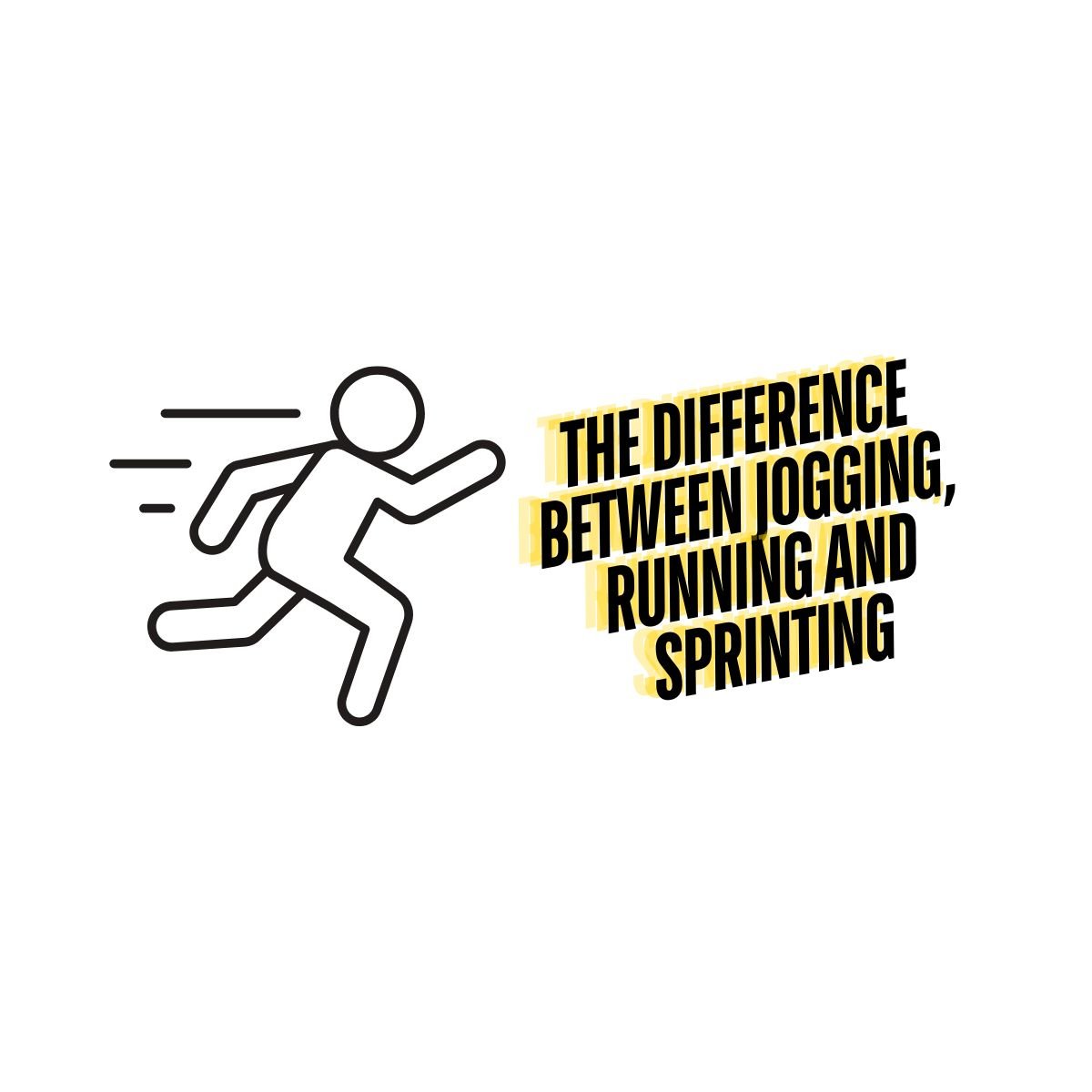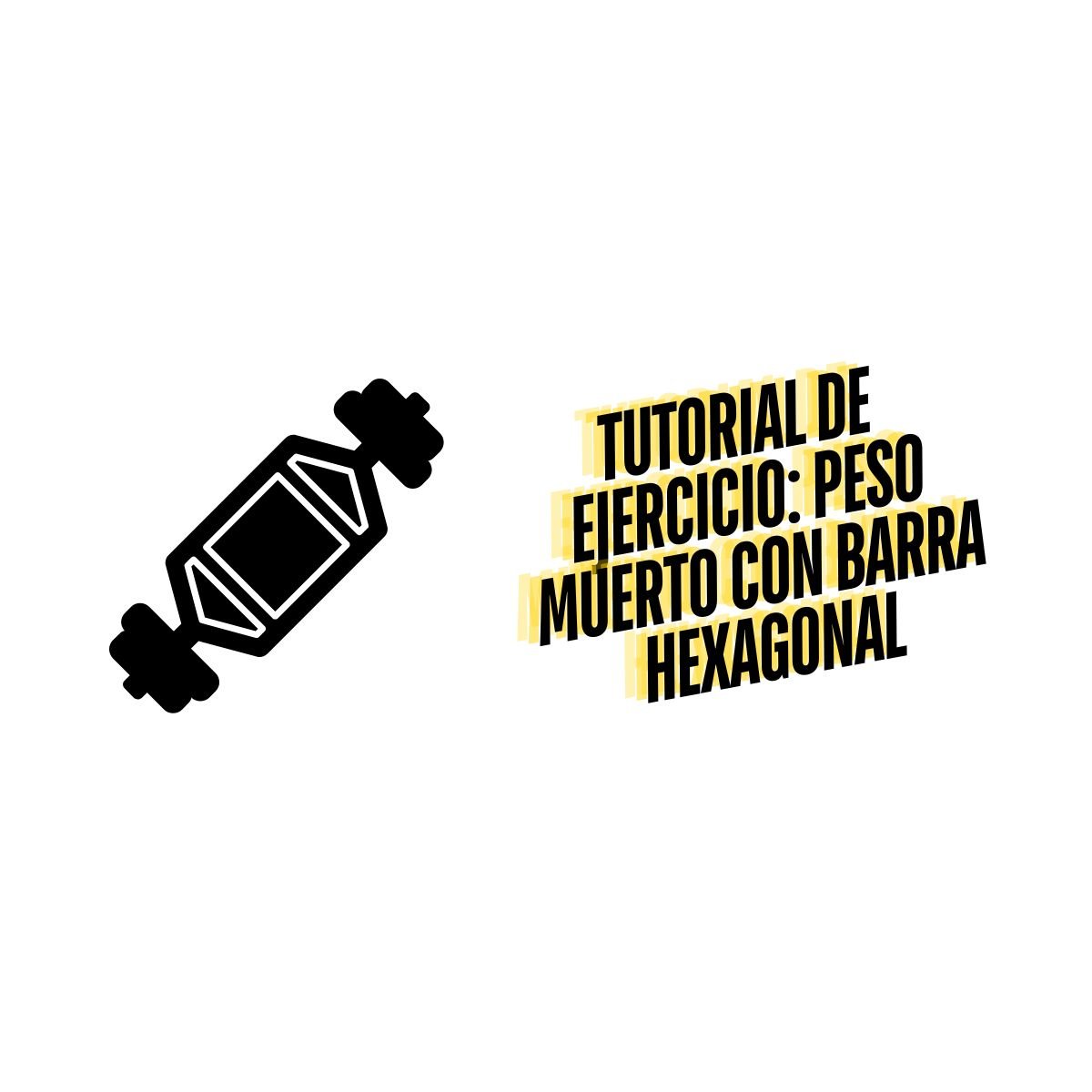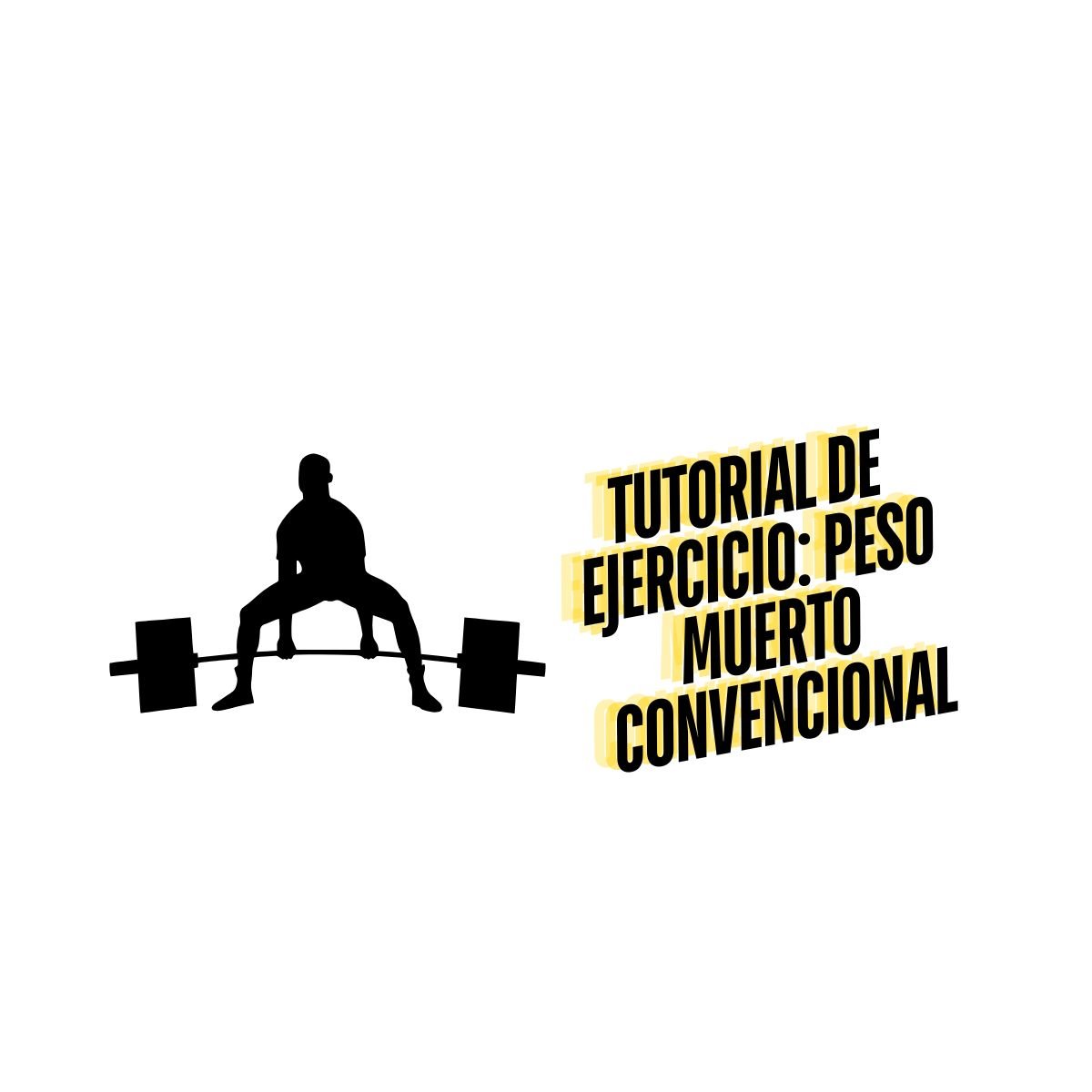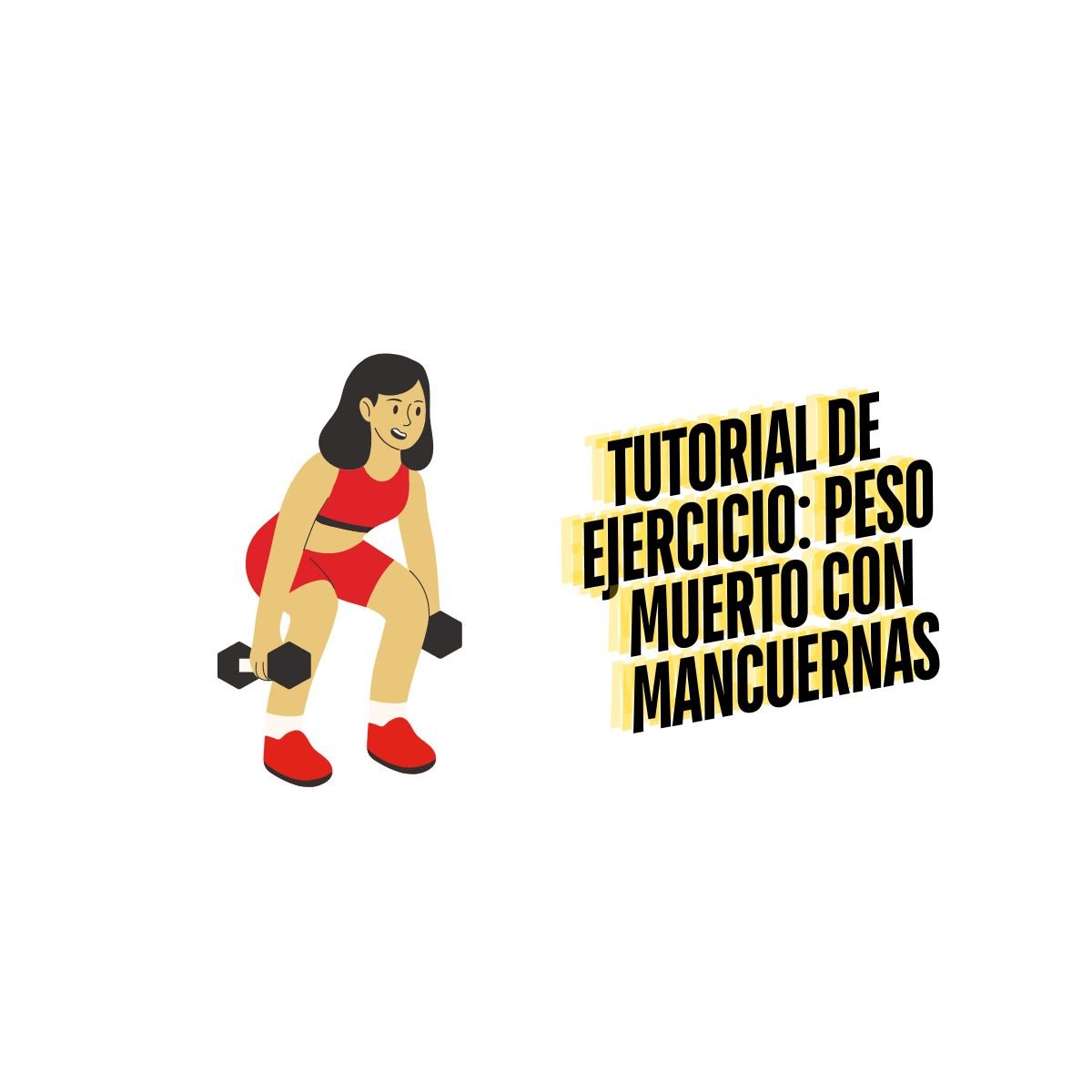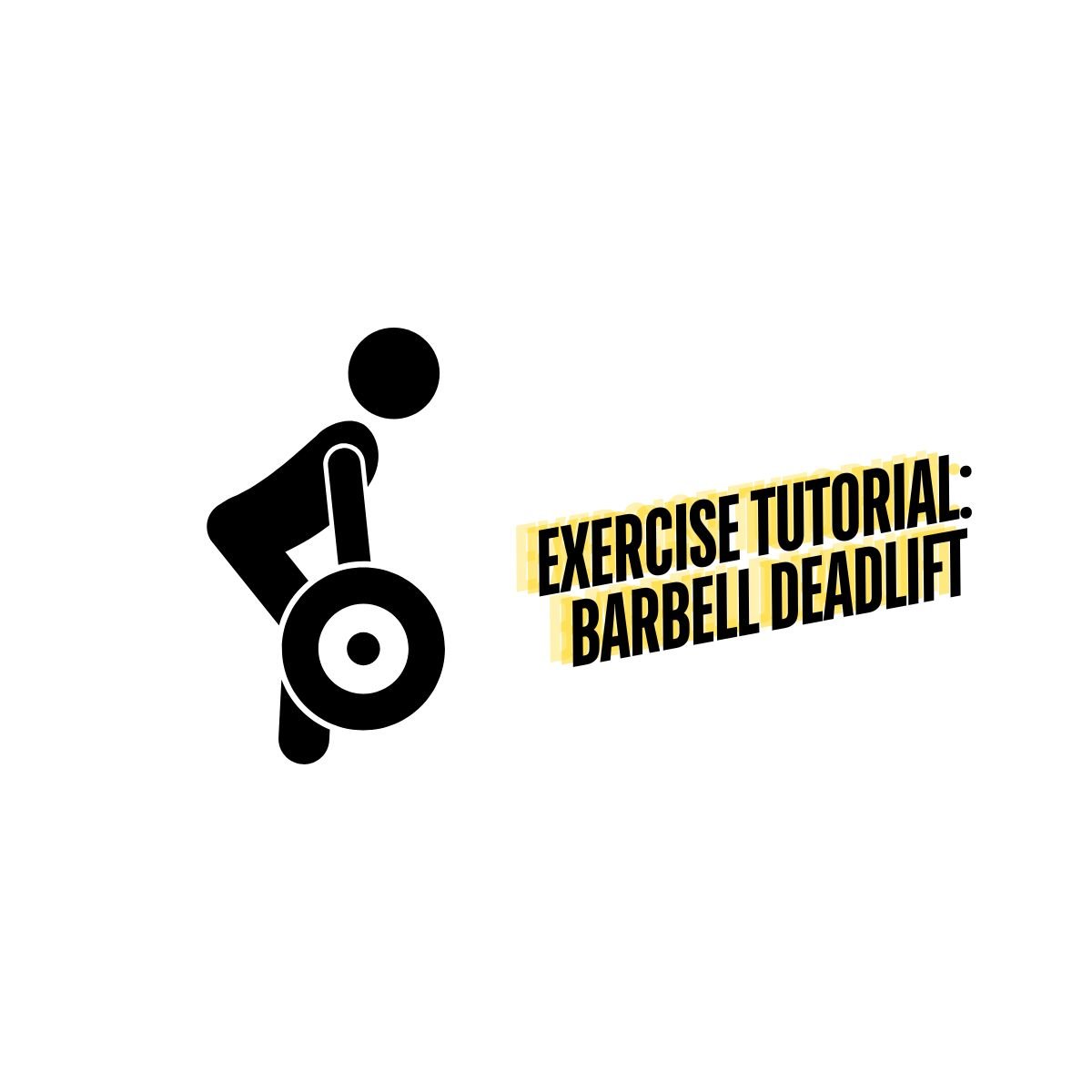Fundamental Volleyball Training Program
Table of Contents
Volleyball Training Program
Volleyball is an ever-growing team sport in popularity in today’s society, whether it’s 6V6 on a court or 2 v 2 beach volleyball, as both are now played during the summer Olympics. Volleyball is also one of the top university/college varsity sports to be played. As a result, if you want to play for these teams, you need to be the best player you can be and that requires a sport specific volleyball training program.
Volleyball places a number of demands on both the physical and technical skills of a player and it’s important to work towards improving each. During gameplay, players are required to use speed, agility and power to serve, bump/pass, set, dig and block the ball as well as make quick changes of directions.
Not only should you be putting work on the court to get better, but in the weight room as well. In volleyball, it’s all about power, if you don’t have powerful legs you won’t be able to jump up for that block, and if you don’t have power in your arm swing, you won’t put any heat behind that spike to score.
Volleyball Strength Training Program
High level volleyball players typically possess high levels of speed, agility and power. However, many players put off strength and weight training to focus on technical sport skills. Through strength training in the gym, athletes can work on building their strength and power which can be highly beneficial because volleyball is an explosive sport as players need to jump up quickly to block or spike the ball.
Sample Strength Exercises
Alternating DB Bench Press
Volleyball Power Training Program
Power can be described as the combination of speed and strength as it looks at the amount of work completed over time, more specifically the amount of force exerted over an amount of time. As previously mentioned, power training allows athletes to be more explosive on the volleyball court, this is where plyometric exercises such as box jumps, broad jumps and lateral bounds come into play. Fun Fact: nearly any exercise can be converted into a power exercise, all you have to do is alter the tempo you’re completing the exercise and decide if you’re focusing more on speed or strength aspect of power. The lighter the load you’re working with, the faster the tempo, therefore the greater speed. The opposite goes for strength. Some sample exercises include:
MB Squat Drops
Squat Jumps
Banded Overhead Press
Banded Row
Volleyball Strength Training Benefits
Improved Muscular Strength, Muscular Endurance, Balance and Stability
Reduce Risk of Injury
Faster Recovery
Leaner Body Composition
Volleyball Offseason Training Program
It’s the end of the competitive season, we have time to relax, do nothing and take up new hobbies no? Well yes that’s partially true but not entirely correct. Yes, you have approximately 2 weeks off post season to rest and recover but that doesn’t our training stops completely. Post break and recovery time, we dive right into offseason training.
During this period is where we build strength and prepare for the upcoming competitive season. This is a crucial component of your training regimen as it allows players time to recover from the hard-competitive season, providing both a mental and physical break for the game as well as aim to improve weaknesses and maintain general fitness.
As we progress through the offseason, there’s a transition period where the training becomes less general to more sport specific. This is typically done by changing training intensity and specificity, start lifting heavy and build muscles.
Sample Strength and Conditioning Breakdown
Monday
Full Body Strength + Conditioning | 3 x 10 30s on 30s off (Mod Load)
Barbell Back Squat
SA Bench Press
Lat Pull Down
Endurance | 45 on 15 off, 3x20 reps (Light Load)
Mountain Climbers
Step Ups
Push ups
Tuesday
Speed/Power | 4 x 6 (Light-mod Load)
SA Banded Row
Agility Ladders
Hurdles
Wednesday
Off
Thursday
Full Body + Conditioning | 3x10 (Light-mod Load)
1A SL Squat
1B TRX Row
2A RDL
2B DB Bench Press
3A Hamstring Curl
3B Plank w Drag Across
3C Calf Raises
Finisher
Hill Sprints x 8
Friday
Speed/Power | 4x6 (Light to Mod Load)
Pylo Push ups
Lunge Jumps
MB Throws
Banded Hinge
Inverted Row
Drop Jumps
Speed
Shuttle Runs w Ball
Agility Ladders
T-Test
Saturday
Off
Sunday
Off
Volleyball In-Season Program
We’ve completed our off-season training and now it’s time to get back to the game. Coming from the off-season players should be in great shape and ready to play. In-season training is more about maintenance; maintaining all the strength and level of fitness we had acquired during the off-season. This allows coaches to focus more on rest, active recovery and skill development to best prepare our athletes for game time.
Sample Strength and Conditioning Breakdown
Monday
Full Body Strength + Conditioning | 3 x 10 30s on 30s off (Mod Load)
Barbell Back Squat
SA Bench Press
Lat Pull Down
Tuesday
Off
Wednesday
Speed/Power | 4 x 6 (Light-mod Load)
SA Banded Row
Agility Ladders
Hurdles
Thursday
Off
Friday
Full Body Strength + Conditioning | 3 x 10 30s on 30s off (Mod Load)
Barbell Back Squat
SA Bench Press
Lat Pull Down
Saturday
Off
Sunday
Off
Volleyball Vertical Jump Training Program
A volleyball player has to jump numerous times throughout a game, whether to serve, block, spike or even sometimes perform a high volley/set. On average, players jump in a game approximately 80-100 times, depending on players position. As a result, it’s important to work to improve your vertical jump and incorporate jump training into your workout routine. Different plyometric and power exercises mentioned above can be incorporated into your workouts along with:
Tuck Jumps
Single Leg Jumps
Depth Jumps
180 Jumps
Step Ups
Lateral Shuffles
Vertical Jumps in front of Volleyball Net
By adding these plyometric exercises to your workouts will pay off and greatly improve your vertical jump and volleyball game overall, helping you jump higher, become stronger and faster.
Volleyball Training Equipment
There is various training equipment for volleyball that is available to you if you’re training on your own time or off the court. These devices can help improve your passing, spiking and more!
Volleyball Pal/Aid Training
The Volleyball pal is device that allows for hours of solo practice and fun. It consists of a velcro strap that is secured around your waist. Attached to this is long cord that secures the ball in place so it can’t get away from you. With the use of this device, players can practice their bump, volley, spike and serve.
Rebounder Net
The Rebounder Net is a mesh net-like trampoline that rebounds the ball back to you. This device is designed to improve players passing and spiking accuracy as well as different agility and digging as you can use different angles for various drills in both large and small areas.
Target Challenger
The name essentially gives away the sole use of this device. The Target Challenger is an elevated net that challenges your accuracy and catches the ball for you, so you don’t have to continuously chasing after volleyballs. You aim for this net in order to improve your accuracy in your passes or sets.
Volleyball Passing Drills
Passing is a crucial skill in volleyball because the game requires players to keep the ball up in the air and not touch the ground on their side of the court. There are many passing components in volleyball including being able to bump, volley, and pass depending on their position. By improving your passing skills and technique we can improve athlete’s accuracy and allow for more complete passes.
Russian Passing Drill
Begin by having 3 players partner up with two balls
The two players with balls will stand directly across from one another approximately 15 yds apart, with the third player standing in between them
Player A will toss the ball to player B, who will shuffle backwards to bump/pass the ball back to player A
Player B will then turn around and get into position to receive a pass from Player C
Repeat 10x before switching the middle player (player B)
Volleyball Hitting Drills
Hitting and spiking is another essential component to volleyball as its main way to score points in the game. By working on improving technique through hitting drills we can improve athlete’s accuracy and power to help score more points. Check out this sample drill to improve your hitting:
Pass-Set Hit
Start by having players line up single file in the back-left corner of the court with a designated setter standing in the middle position at the attack line and one player on the opposite side of the net, this person will shag the ball
The first player in line passes the ball to the setter.
The setter then sets the ball up for the player to spike
After completing the hit, this person becomes the new “shagger”, while previous goes to the hitting line
Have each player hit 3x before switching to the right side of the court
Volleyball Blocking Drills
In any sport, defense is just as important, if not more, than offense. Therefore, blocking is another crucial skill to acquire in volleyball as it is the main defensive tactic against your opponent’s attempt at scoring. A hard spike that’s well aimed is almost a guaranteed point if not blocked well or digged by a teammate, which is why improving this skill is essential. Check out this sample drill:
Read Blocking
For this drill, we’ll have a blocker, a passer a setter and two attacking players
The blocker will be alone on one side of the court standing in the middle
The passer, passes the ball to the setter
The setter will set the ball to either the left or right for the attackers to hit
The middle blocker will read the set and get ready to block the attackers hit









